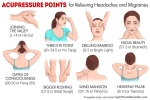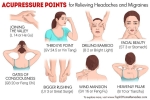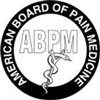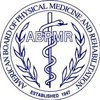Signs of a Herniated Disc in the Lumbar and Cervical Spine
Herniated discs can cause a variety of different symptoms, but those symptoms can vary depending on where the disc herniation occurs in your spine. Below, we take a closer look at the symptoms of herniated discs based on where they develop in your back. For those of you unfamiliar with the sections of your spine, it can be broken down into three segments: The cervical, thoracic and lumbar portions of your spine.
Cervical. The cervical portion of your spine involves the first seven vertebrae at the top of your spine near your neck.
Thoracic. Below the cervical spine is the thoracic portion of your spine, which is home to the next 12 vertebrae.
Lumbar. Underneath the thoracic spine sits the lumbar portion of your spine, which involves the next five vertebrae.
























